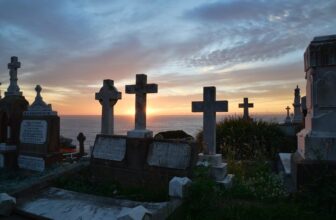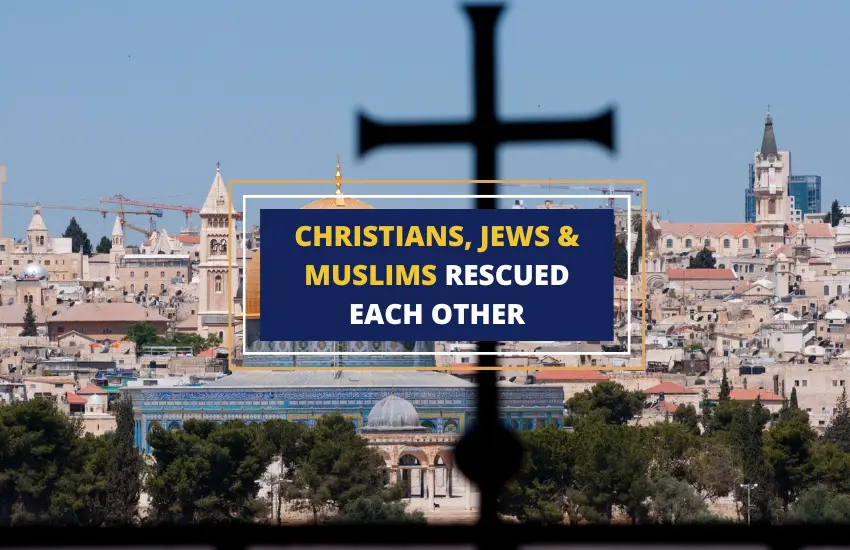
Table of Contents
In history, different religious and ethnic groups displayed instances of solidarity and unity by coming together despite the presence of division and conflict. We give you stories of unexpected alliances forged during the Spanish Inquisition and the Holocaust, the collaborative intellectual and cultural exchange, and more.
These stories of Muslims, Christians, and Jews helping each other reveal the power of empathy, courage, and collaboration in overcoming adversity. They depict how compassion and courage can overcome difficult challenges.
1. Surviving During the Spanish Inquisition

The Catholic Church, empowered by Spanish royalty, aimed to locate, and penalize suspected secret practitioners of Judaism, targeting Jews for persecution during the Spanish Inquisition.
The Inquisition caused many Jews to convert to Christianity or face expulsion from Spain, unwillingly or under pressure. However, some Jews were able to find protection and shelter from an unexpected source: Muslims living in Spain.
Historical Context
The Moors ruled the Iberian Peninsula for centuries, and the Muslims who lived in Spain at the time were their descendants. Jews, Muslims, and Christians coexisted peacefully with their unique culture, language and traditions.
The Catholic rulers’ Isabella and Ferdinand spelt the end for the Muslim community in Spain. 1492 saw Columbus embark for the New World, and the Alhambra Decree was issued, which demanded the conversion to Christianity of all non-Christians or their expulsion.
Muslim Protection of Jews
Despite the risk of persecution, Muslims offered Jewish people protection and shelter who were under the watchful eye of the Inquisition. Assisting Jews put their lives and families in danger, as any Muslim caught doing risked severe punishment.
Nevertheless, they perceived it as their responsibility to aid those requiring assistance, despite their faith. To safeguard the community, Jews and Muslims often had to convert to survive.
The Hat as a Symbol
The significance of the hat is notable in Muslim and Jewish cultural traditions. The kufi is a traditional headwear for Muslims, a small brimless cap worn during prayer or as a symbol of faith.
The yarmulke or kippah symbolizes respect and reverence towards God worn by Jewish men and boys. Hats became a unifying and protective symbol during the Spanish Inquisition, as Muslims and Jews stood together.
2. Arabs Hid and protected Jews from Nazi Persecution
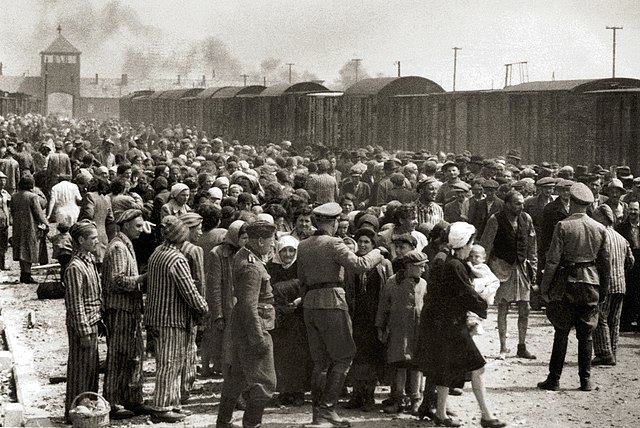
Jews faced mistreatment and destruction under the Nazi regime in World War II. Nonetheless, the Middle East and North Africa provided unexpected allies as Arabs from different religions endangered themselves to safeguard them from the Holocaust.
Muslim, Christian, and Jewish Allies
Morocco, Algeria, Tunisia, and Egypt are some countries where Jews shared language, culture, and history alongside their Arab neighbours for centuries.
Numerous Arabs refused to just stand by and watch Jewish neighbours suffer when the Nazis began their genocidal campaign. Muslim, Christian, and Jewish people offered Jews and their partner’s protection, shelter, and food.
Individual and Collective Acts of Resistance
Multiple Arabs harboured Jews in their abodes, whereas few fashioned phoney records or aided them in leaving the country safely. In some cases, entire communities came together to protect Jews, forming underground networks that worked to smuggle them to safety. The resistance actions were frequently hazardous, with a sense of responsibility and empathy beyond religious and cultural variations.
The Importance of Solidarity
The tale of Arabs shielding Jews in World War II displays the potency of human solidarity and people’s potential to unite during difficulties. Our similarities in humanity can give us strength and resilience, regardless of our differences. Those who risked their lives to protect Jews inspire us that kindness and bravery can triumph even in the bleakest moments.
3. The Golden Age of Muslim and Jewish Collaboration in Medieval Spain
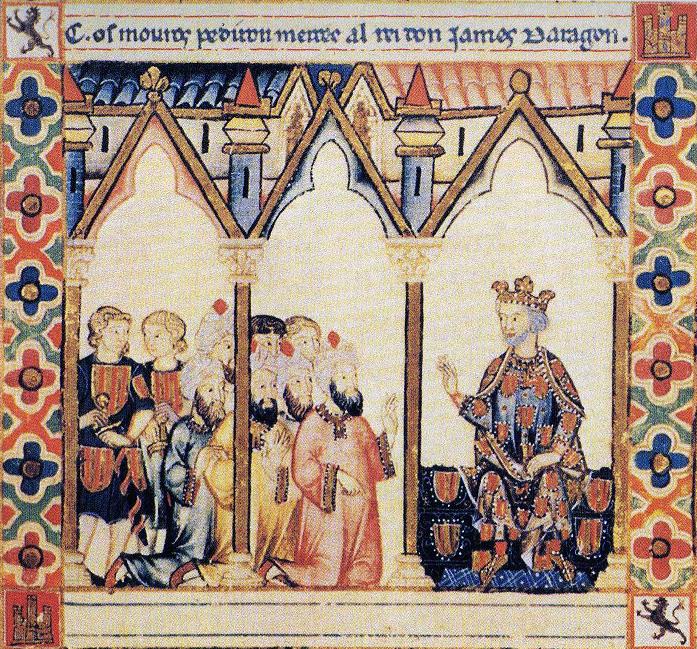
Medieval Spain experienced a unique and vibrant cultural exchange between Muslim and Jewish scholars, leading to a golden age of intellectual and cultural growth.
Boundaries in knowledge changed and advanced by collaborative work and exchange between Muslim and Jewish philosophers, scientists, and mathematicians. These discoveries and ideas continue to play a significant role today in influencing how we understand the world.
Philosophical and Cultural Exchange
Deep interest in pursuing knowledge and understanding was just one of the aspects of collaboration between Jews and Muslims in a Catholic country. This inter-faith collaboration also helped the communities survive and thrive for some time.
They had spirited discussions and exchanged views on theology, philosophy, and ethics. The philosophical discourse among great Muslim philosophers such as Ibn Rushd and Jewish philosophers like Moses Maimonides continues to fascinate scholars today due to their strong mutual influence.
Scientific Advances
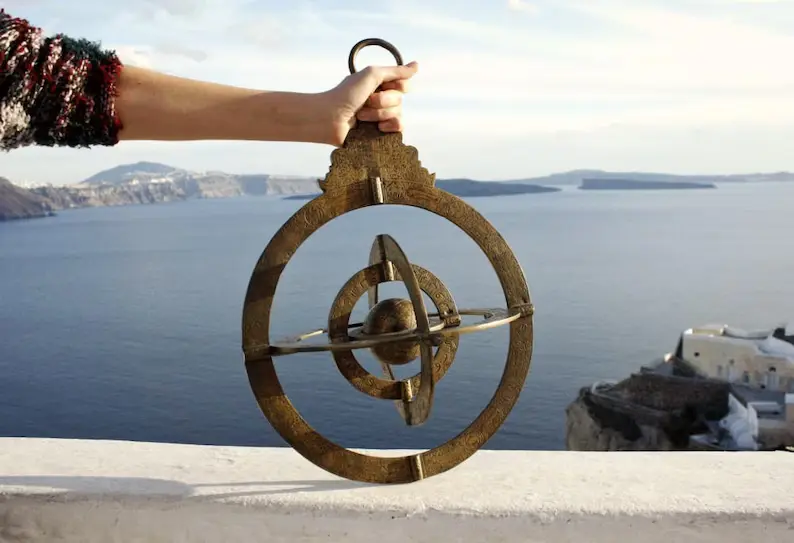
In science and math, Muslim and Jewish scholars made important headways in addition to philosophy. Algebra and trigonometry saw significant developments from Muslim scientists, and astronomy and optics benefited from contributions by Jewish scientists. Teams of Muslim and Jewish scholars expanded their scientific understanding by exchanging ideas and collaborating.
The Role of Translation
One of the key factors that enabled this golden age of collaboration was the role of translation. Muslim and Jewish scholars collaborated to translate important Greek, Latin, and Arabic texts into Hebrew, Arabic, and Castilian, allowing for a greater exchange of ideas and knowledge.
These translations helped bridge the linguistic and cultural divides that separated different communities, enabling scholars to learn from and build upon each other’s work.
Legacy and Impact
The intellectual and cultural exchange between Muslim and Jewish scholars in medieval Spain had a lasting impact on the world. It helped preserve and expand the ancient world’s knowledge, laying the foundation for the following scientific and philosophical revolutions. It also helped foster a spirit of collaboration and intellectual curiosity that inspires scholars and thinkers today.
4. Danes Saving Jews During the Holocaust
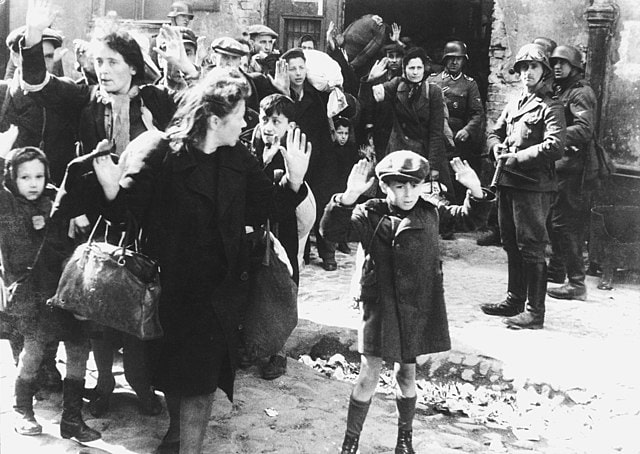
The Holocaust saw six million Jews in Europe murdered systematically by the Nazi regime. Amidst the devastation and terror, certain Christian individuals and communities showed amazing courage and kindness, risking their lives, offering shelter to Jews and helping them escape from the Nazis.
Assisting Jews was a heroic yet risky endeavour, as those caught would face grave consequences. These people considered it their moral obligation to assist those in need, not minding their religion or ethnicity.
Collective Resistance
Entire Christian populations rallied to defend Jews from Nazis. Shelter, food, and medical care were only some ways Christians tried to help Jews. Danes tried to smuggle Jews out of the country via their collaborative and personal sacrifices, even amidst great risks to themselves and their families.
Religious Motivations
Many Christians of Denmark upheld their religious principles to help the Jews. Countless Christians believed assisting those in need was their mission, inspired by Jesus Christ’s command to love their neighbours like themselves. They viewed it as an avenue to maintain human dignity and respect, acknowledging that every individual is equal in the sight of God.
Legacy and Impact
Christians who aided Jews during the Holocaust highlighted the strength of compassion and bravery amidst unspeakable horror. Even in the darkest times, unity amongst individuals and communities can resist oppression and injustice.
Muslims in power during the Ottoman Empire safeguarded Jews and Christians and offered them the freedom to worship their religion.
5. Muslim Protection of Jews and Christians in the Ottoman Empire
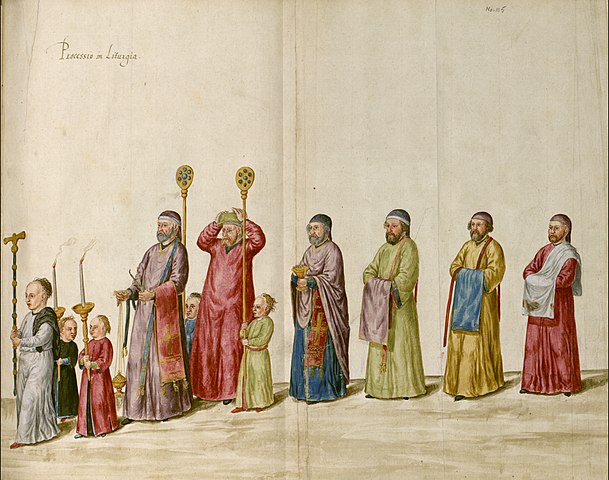
The Ottoman Empire was a Muslim-majority nation across three continents for nearly six centuries, hosting various cultures, religions, and ethnicities. The Muslim ruling class enabled Jews and Christians to freely exercise their faith, despite variances. Although Jews and Christians could not enjoy the same religious freedom, they could still survive in the great Ottoman Empire.
A Tradition of Tolerance
Protection for non-Muslims residing in Muslim territories existed in the Ottoman Empire, which had a tradition of religious tolerance. The Ottoman Empire derived this tolerance from the basis that all three religions are those of “the Book.” This is how Christians and Jews won a small degree of protection and independence throughout the Empire.
Protection of Property and Freedom of Worship
People practising Judaism and Christianity in the Ottoman Empire could freely conduct business, own property, and worship. Synagogues and churches could exist as well, and Jews and Christians could maintain them as well.
Still, while upholding freedom of worship, Ottoman rulers maintained their superiority over their subjects. This uneasy tolerance enabled the Christians and Jews to survive until the fall of the Empire.
6. The Earthquake in Turkey
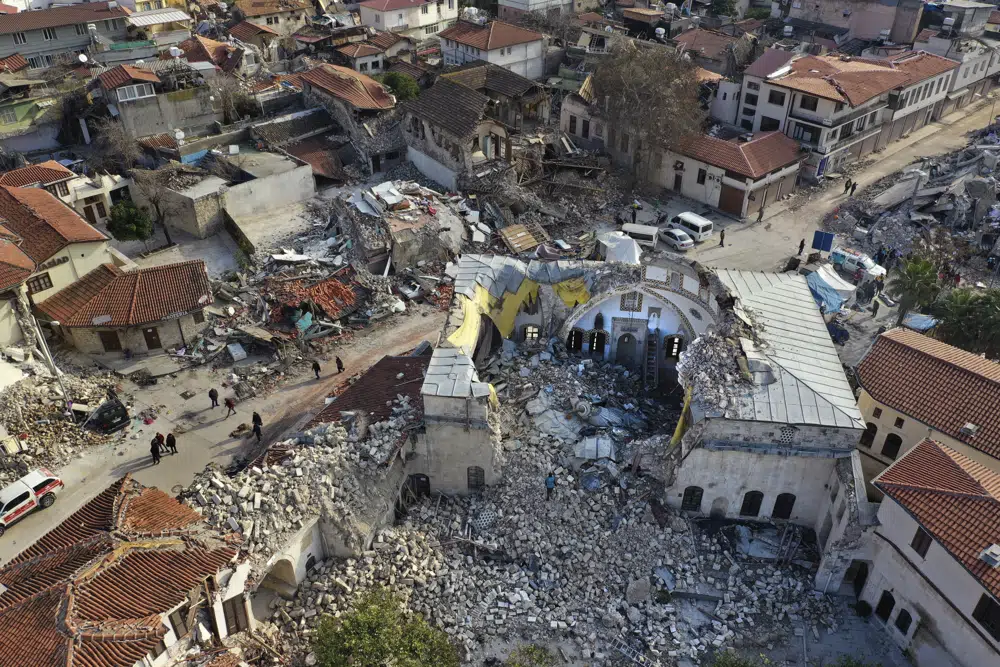
Recently, several religious sites in Antakya, Turkey, faced complete destruction after an earthquake devastated the city’s historical center. Despite the widespread destruction, Antakya’s inhabitants demonstrated remarkable strength and harmony, irrespective of their religious beliefs. Helping one another during the tough time, Muslims, Christians, and Jews united in rescue efforts.
A City of Religious Diversity
Various religious communities like Christians, Jews, and Muslims made Antakya their home, establishing a long history of diversity. The city had been a significant hub of early Christianity, with the likelihood of it starting as early as 47 AD. With a Jewish community stretching over 2,000 years, this place is one of the oldest centers of Jewish communities worldwide.
Working Together in Crisis

Regardless of their religious disparities, the individuals of Antakya depicted an amazing sense of harmony after the quake. With only a handful of members left in the Jewish community, the earthquake seemed to bring destruction. Still, Muslims and Christians offered their support during their time of need.
Similarly, a church led by Korean pastor Yakup Chang fell into ruin, and one of his congregants was still missing after the earthquake. Pastor Chang discovered solace in the backing of his Muslim and Christian companions, who extended their sympathies and aided him in his quest for the absent member of their congregation.
Strength in Unity
The Antakya earthquake resulted in a significant loss but highlighted the strength of collective support during crises. The city’s different religious groups united and provided mutual assistance and aid. The faith and humanity of Antakya’s people remained strong despite the destruction of their religious sites. The city’s repair efforts demonstrate how collective effort can persevere against hardship and the human spirit’s strength.
7. Greeks Saving Jews
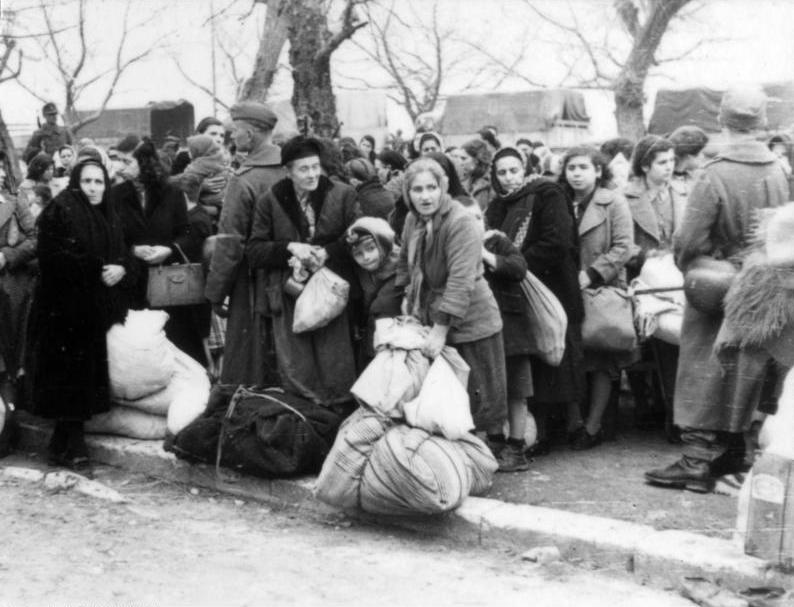
In Greece, Orthodox Christians and Jews have cohabited peacefully for generations. Archbishop Damaskinos and other prominent Greeks sent an official letter of complaint when the Nazis evicted many Jews from Greece, demonstrating the closeness of their community.
Solidarity in Words and Deeds
The letter stressed the lack of superior or inferior characteristics based on race or religion and the solidarity of all Greek people. Archbishop Damaskinos made the letter public and secretly ordered churches to provide Jews with false baptism records to protect their anonymity.
Saving Zakynthos Jews
The island of Zakynthos, home to 275 Jews, is another inspiring example of community unity thanks to the efforts of Bishop Chrystomos and Mayor Lucas Karrer. In his reply to the Nazis, the bishop supplied a list with the mayor and himself on it.
The Jews on the island managed to hide from the Nazis despite their exhaustive search attempts. After a devastating earthquake hit Zakynthos in 1953, Israel was among the first nations to provide relief. A letter of thanks said that the Jews of Zakynthos would never forget their generosity.
8. Muslims, Jews, and Christians During the 1990s Bosnian War
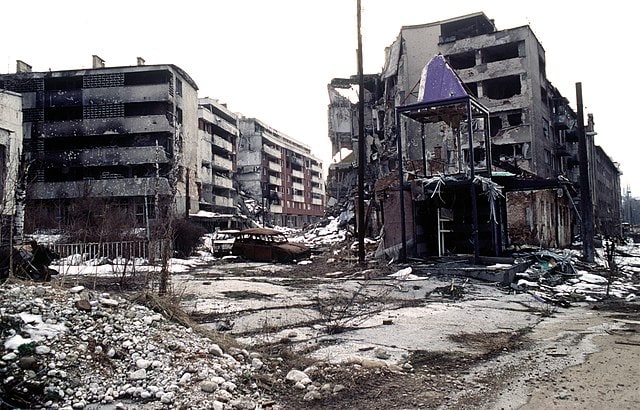
Great unrest and violence marked the Bosnian War (1992-1995), with different religious groups in the country engaging in battle. Even with all the disorder, there were gestures of kindness and bravery that history almost forgot. The Jewish community in Sarajevo did all it could to aid Muslims and Christians.
The Jewish community of Sarajevo chose not to take sides and instead focused on helping people during the horrible war. They did it by opening a humanitarian aid agency in the Sarajevo synagogue.
9. Saving Jews from Nazis in Bosnia
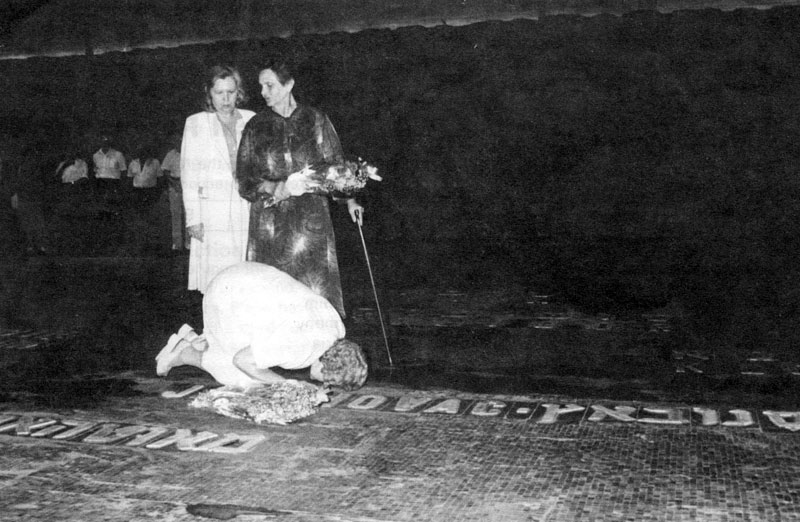
A Muslim woman Zejneba hid a family of Jews at her family home in the 1940s. Zejneba Hardaga risked her life to help the Kabiljo family escape Sarajevo. One of the images even shows her covering her neighbour’s yellow star of David with her veil.
The Hardaga family earned one of the highest recognitions for their bravery – Righteous Among the Nations. This distinguished reward was issued to her by Yad Vashem, the Israeli Holocaust Museum. The Jewish community helped Zejneba during the siege of Sarajevo in the 1990s by helping her and her family flee to Israel.
10. The Paris Mosque
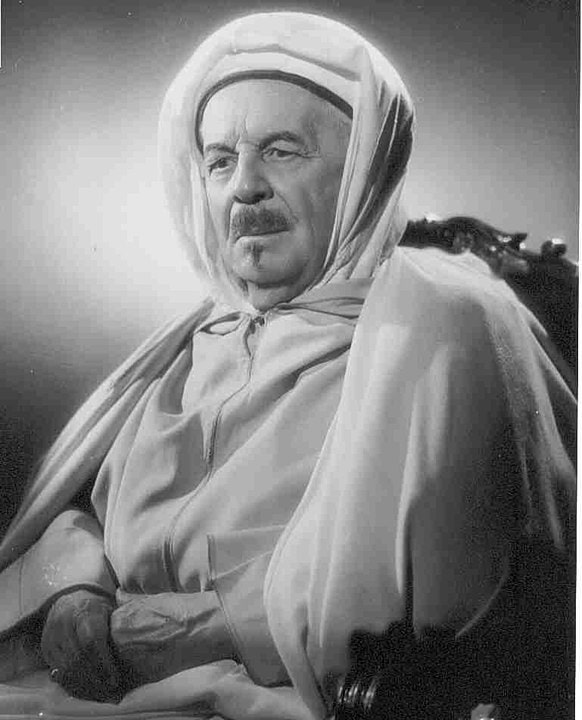
There are many accounts of courageous people and organizations who put themselves in harm’s way to save Jews from the Nazis. Si Kaddour Benghabrit, the first rector of the Grand Mosque in Paris, and his congregation are the subjects of an intriguing anecdote.
In 1922, the mosque opened as a commemoration to the Muslim countries of North Africa that sided with France during World War I. When the Nazis conquered Paris in June of 1940, they rounded up thousands of Jews, especially children, and sent them to concentration camps.
A Safe Haven
But the mosque was a safe haven anyway. Because of their fluency in Arabic and commonalities with their Muslim neighbours, North African Sephardic Jews often successfully passed themselves off as Arab Muslims. The mosque served as a safe haven for Jews and resistance members throughout the Nazi occupation, providing shelter, food, and a place to shower.
One unsubstantiated account suggests that the mosque might have protected some 1,700 persons, mostly Jews, from capture during the war, despite the scarcity and uncertainty of historical records about this topic. Historians agree that the mosque probably helped between 100 and 200 Jews.
Wrapping Up
Remarkable stories of unity and collaboration among diverse religious and ethnic groups throughout history teach us lessons of empathy and human solidarity. Looking past our differences and embracing shared humanity helps us respond to adversity.
As we tackle the challenges of today, we should derive vigour from these historical instances of benevolence and courage. We hope this article inspired you to establish a more considerate, diverse global community that exemplifies mutual support and fairness.







